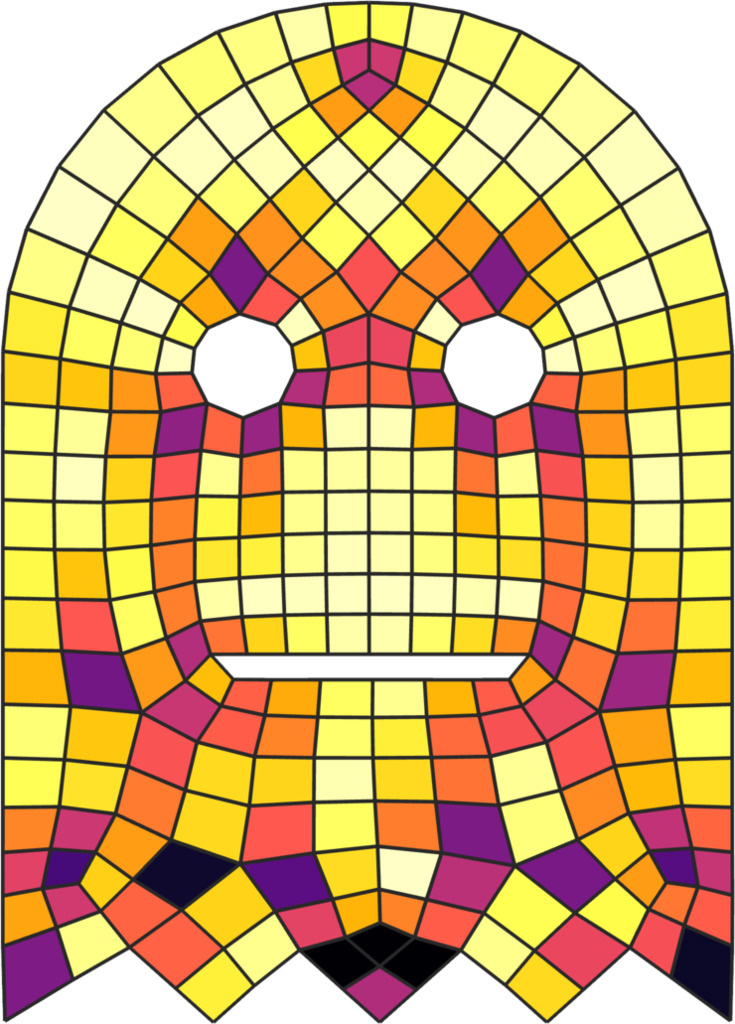“A Low-parametric Rhombic Microstructure Family for Irregular Lattices” by Tozoni, Dumas, Jiang, Panetta, Panozzo, et al. …
Conference:
Type(s):
Title:
- A Low-parametric Rhombic Microstructure Family for Irregular Lattices
Session/Category Title: Fabrication
Presenter(s)/Author(s):
Abstract:
New fabrication technologies have significantly decreased the cost of fabrication of shapes with highly complex geometric structure. One important application of complex fine-scale geometric structures is to create variable effective elastic material properties in shapes manufactured from a single material. Modification of material properties has a variety of uses, from aerospace applications to soft robotics and prosthetic devices. Due to its scalability and effectiveness, an increasingly common approach to creating spatially varying materials is to partition a shape into cells and use a parametric family of small-scale geometric structures with known effective properties to fill the cells.
We propose a new approach to solving this problem for extruded, planar microstructures. Differently from existing methods for two-scale optimization based on regular grids with square periodic cells, which cannot conform to an arbitrary boundary, we introduce cell decompositions consisting of (nearly) rhombic cells. These meshes have far greater flexibility than those with square cells in terms of approximating arbitrary shapes, and, at the same time, have a number of properties simplifying small-scale structure construction. Our main contributions include a new family of 2D cell geometry structures, explicitly parameterized by their effective Young’s moduli E, Poisson’s ratios v, and rhombic angle α with the geometry parameters expressed directly as smooth spline functions of E, v, and α. This family leads to smooth transitions between the tiles and can handle a broad range of rhombic cell shapes. We introduce a complete material design pipeline based on this microstructure family, composed of an algorithm to generate rhombic tessellation from quadrilateral meshes and an algorithm to synthesize the microstructure geometry. We fabricated a number of models and experimentally demonstrated how our method, in combination with material optimization, can be used to achieve the desired deformation behavior.




